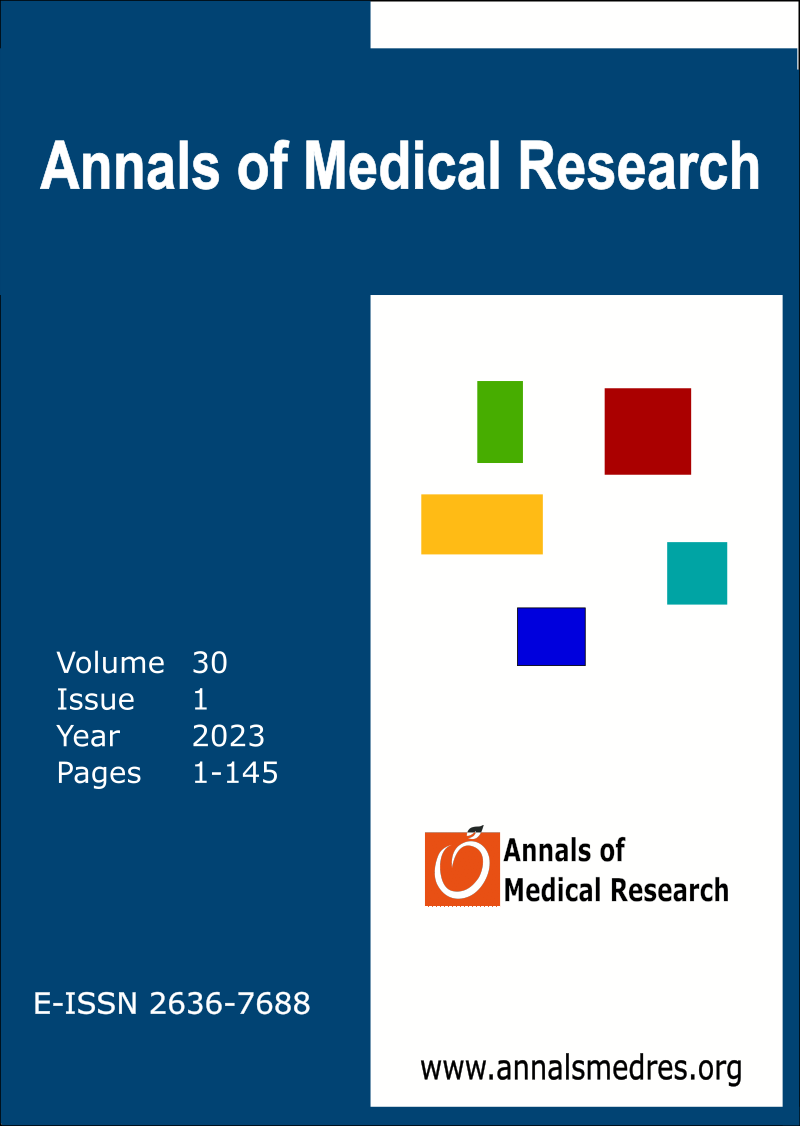Audiovestibular findings in celiac patients
Keywords:
Celiac disease, Videonystagmography, Auditory system, Vestibular systemAbstract
Aim: Celiac is a small intestine disease that occurs in susceptible individuals with a cellular and humoral immunological response that develops against gluten, a cereal protein. There are few studies evaluating the audiovestibular system in celiac patients. This study aims to evaluate audiovestibular findings in celiac patients.
Materials and Methods: 40 patients with celiac disease and 40 healthy volunteers were enrolled in this sudy. Each subject underwent a neurotologic examination including pure tone audiometry (PTA), transient evoked otoacoustic emission (TEOAE) with 1000 Hz, 1500 Hz, 2000 Hz, 3000 Hz and 4000 Hz, videonystagmography (VNG), and binaural bithermal caloric test. It was evaluated whether the test results indicated significant differences between the celiac patient and control group.
Results: Sensorineural hearing loss was detected in the right and left ear of the 7 patients. In the pure tone audiometry (PTA) test, there was no statistically significant difference between celiac patients and controls in both air conducted and bone conducted hearing thresholds (p=0.389 for the right ear, p=0.083 for the left ear). Speech reception thresholds of celiac patients were significantly higher than the controls (p= 0.000 for right ear, p=0.001 for the left ear) While OAE response was obtained in the right ear of 24 patients and in the left ear of 23 patients; OAE response was obtained in the entire control groups. In the OAE test, in response to 2000 Hz stimuli, there was no significant difference in the right ear responses, although there was a lower signal-to-noise ratio in patients compared to the control group. At all other frequencies, a statistically significant lower signal-to- noise ratio was found in the patient group. Statistically significant pathological differences were found in spontaneaus nystagmus, gaze, saccade, smooth pursuit, optokinetic nystagmus and caloric tests in celiac patients compared to the control group (p < 0.05).
Conclusion: Pure tone audiometry, otoacoustic emision, oculomotor and caloric tests findings indicated that auditory system, periphral and central vestibular system may be affected in individuals with celiac disease.
Downloads
Published
Issue
Section
License
Copyright (c) 2022 The author(s)

This work is licensed under a Creative Commons Attribution-NonCommercial-NoDerivatives 4.0 International License.
CC Attribution-NonCommercial-NoDerivatives 4.0






